Spots on The Canal Du Midi
From the canal's source in the Black Mountain to the Mediterranean,
the Canal du Midi brings you a whole host of magical landscapes, famous spots and secret places.
Here's our selection of must-visits along the calm canal...
Until the end of this year 2022, works are to be expected on the towpath and/or the bridleway of the Canal du Midi between Homps and Carcassonne.
Detour are proposed, accompanied by road signs.
A follow-up will be set up as the work progresses to inform users of the reopening of the sectors. Please be careful if you encounter construction equipment.
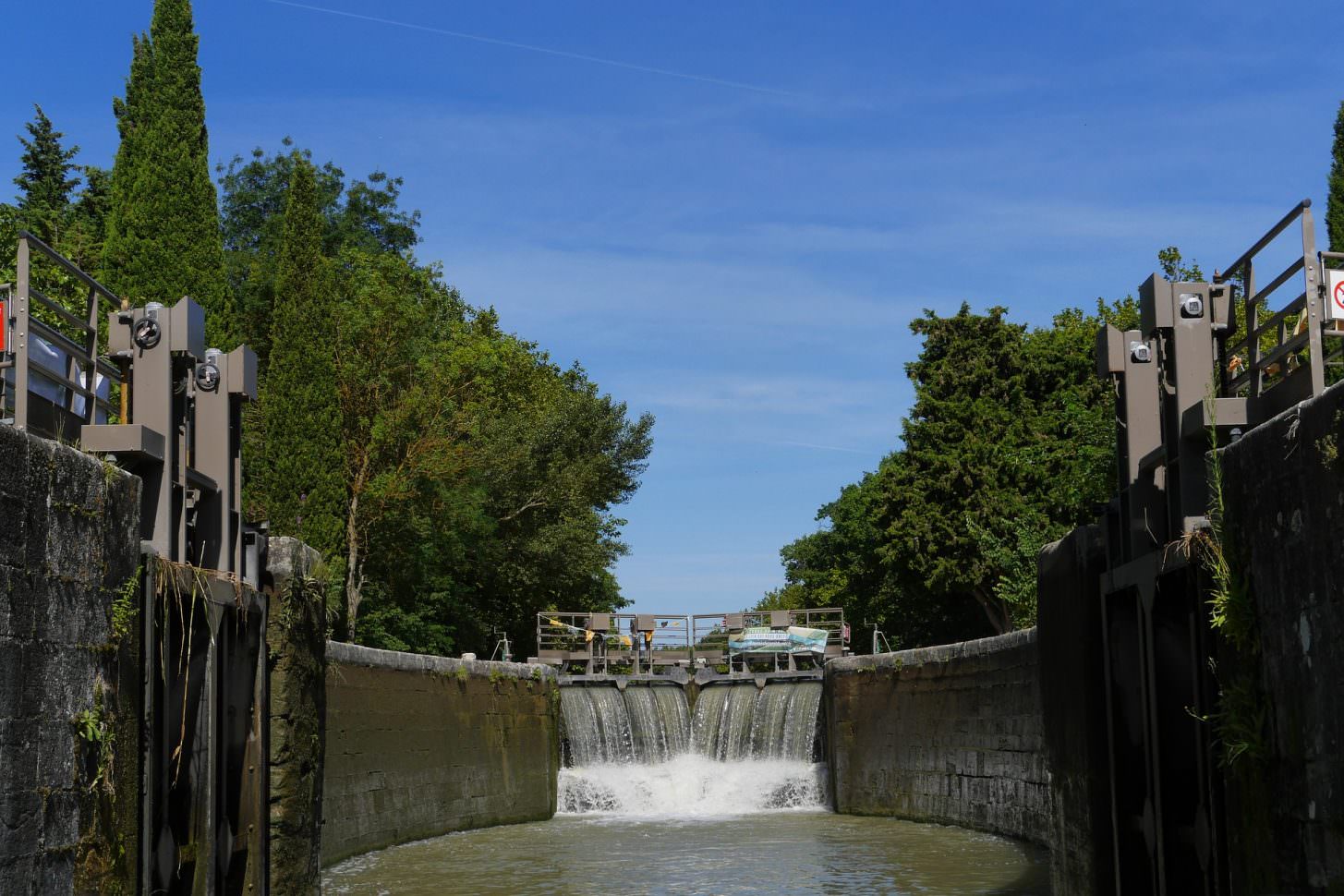
01Prise d' Alzeau - The canal's sources
Pierre Paul Riquet was the ingenious engineer who designed and made a pioneering system to supply water to the canal. The Prise d’Alzeau collects water from the Black Mountain to channel it along the Rigole to the impressive reservoir that is Saint Ferréol Lake. It’s integral to the UNESCO Canal Sources network.
The shaded path along the Rigole riverbanks is a joy to walk or ride on.
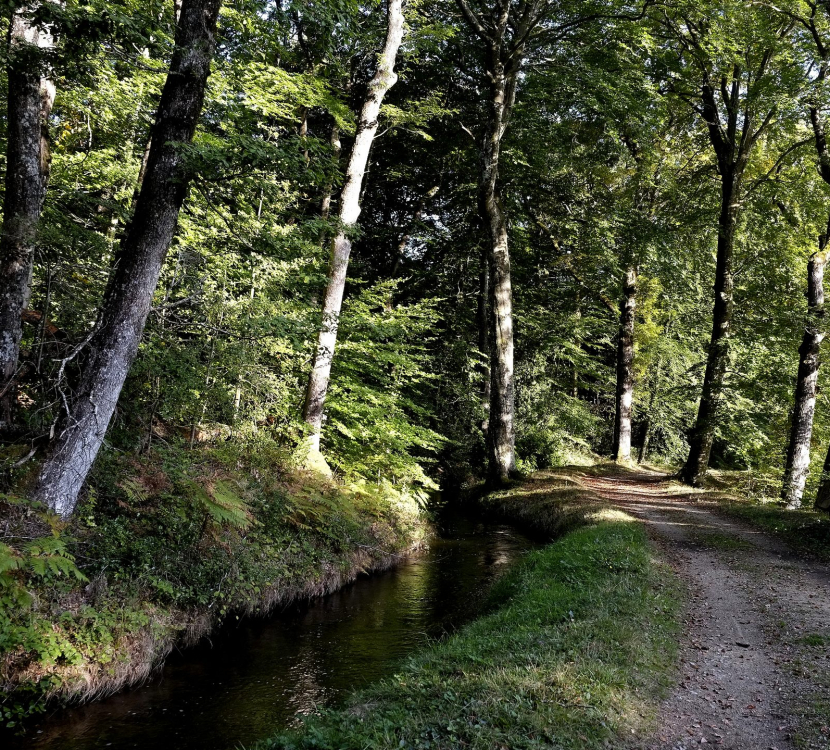
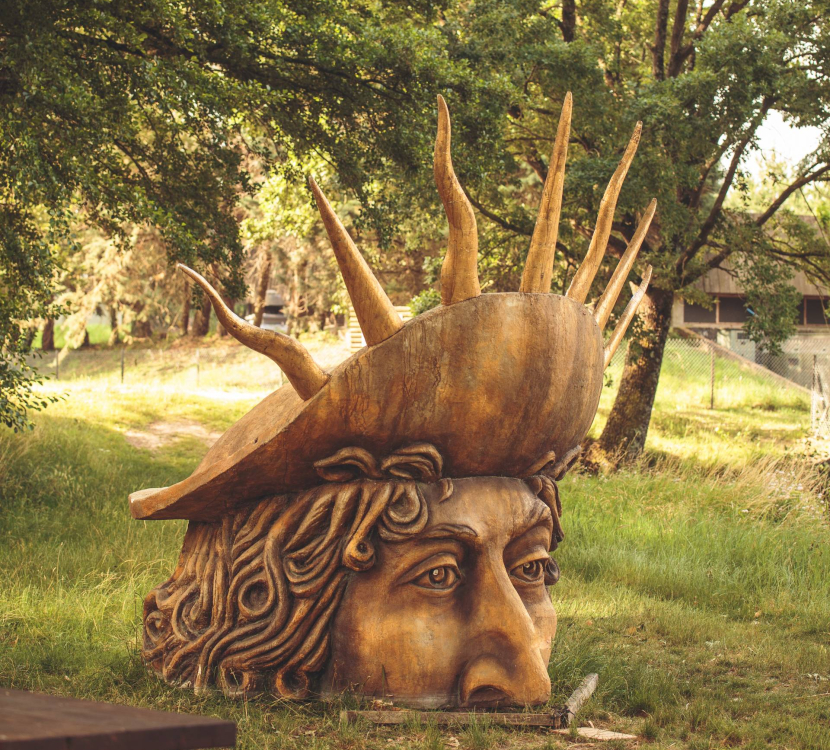
02 Seuil de Naurouze - Montferrand
The canal’s watershed point enables the water to naturally split between the Atlantic and Mediterranean. The Seuil de Naurouze is a key part of the canal’s route. Aside from the octagonal basin (that is now filled), the site has an obelisk honouring Pierre Paul Riquet (built in 1827).
Riquet had planned to make it a major port with extensive facilities based on the Place Royale in Paris, in tribute to King Louis XIV. The path lined with 200 year old plane trees sets the scene for a pleasant stroll. Information panels take you on a journey to learn about the architecture and function of the site.
03 Grand Bassin - Castelnaudary
This is where the Canal du Midi was inaugurated on May 19th 1681 and opened to boats.
There were shops for drying wood, ropemakers, boat builders, ship repairs, carpenters and more around the 7ha basin (the same size as the Cité de Carcassonne intra muros!) which saw the city’s economy boom.
A walk around the Grand Bassin is just as magical today. Castelnaudary is an unmissable port with lots of facilities: boat hire, cruises.
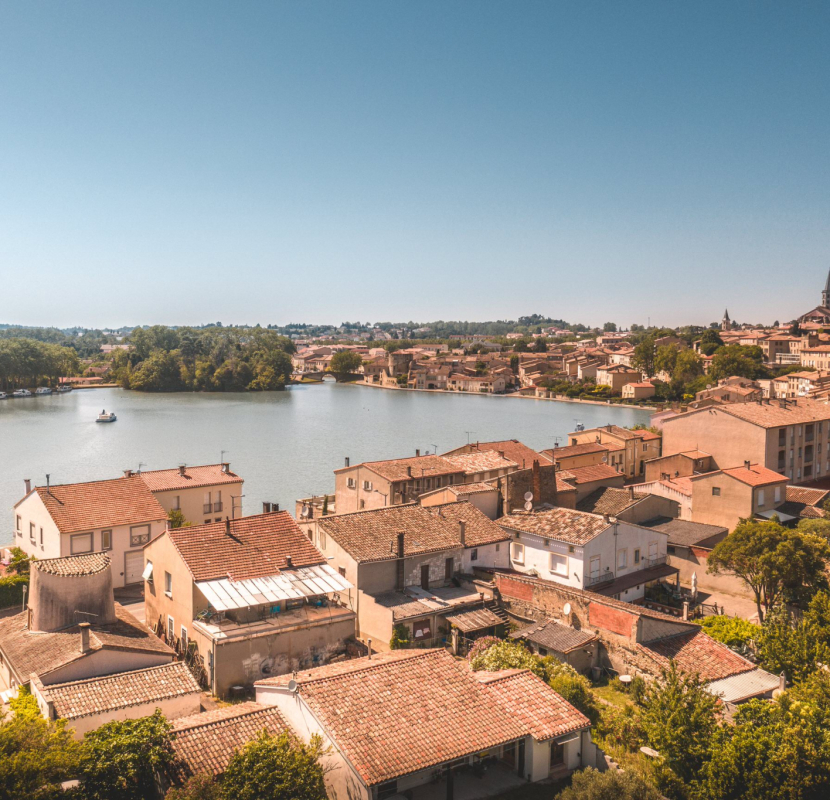
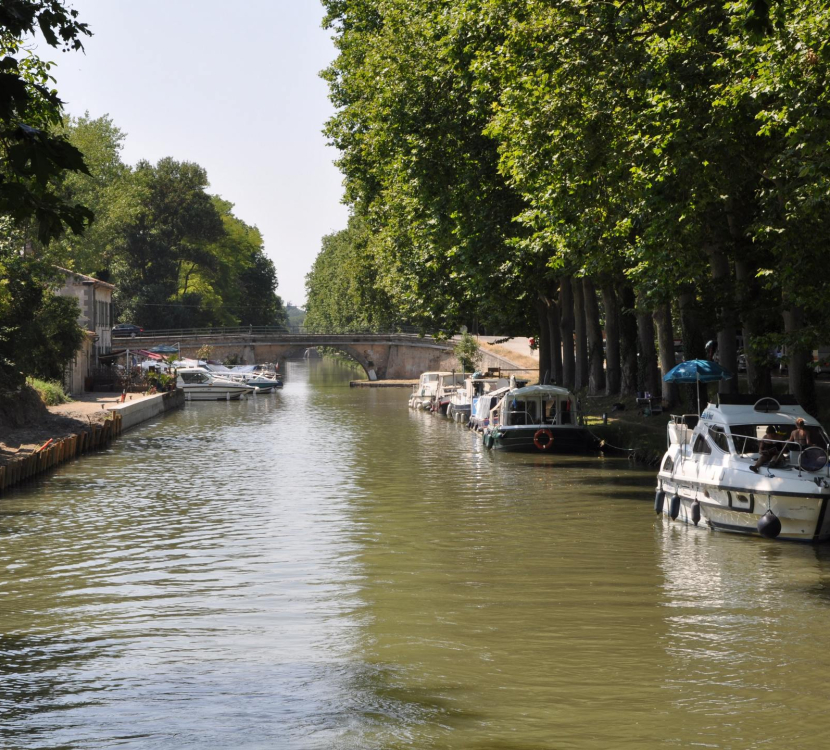
04 Port and circulade - Bram
A bike path runs from the port to Bram. The circular village is home to archaeological ruins that you can see at the Eburomagus Museum and the trail outside the village.
Bram is the start point for the new V81 bike path from the Canal du Midi to Montségur and its famous château.
05 Port - Carcassonne
The cute hamlet of Herminis marks the beginning of Carcassonne.
The canal’s original route went around the city. The canal was diverted in 1810, 100 years after its inauguration, and ran through the Bastide.
Sailors can see the Cité de Carcassonne’s castle walls from their barges; stop at the port and you can walk or ride there too.
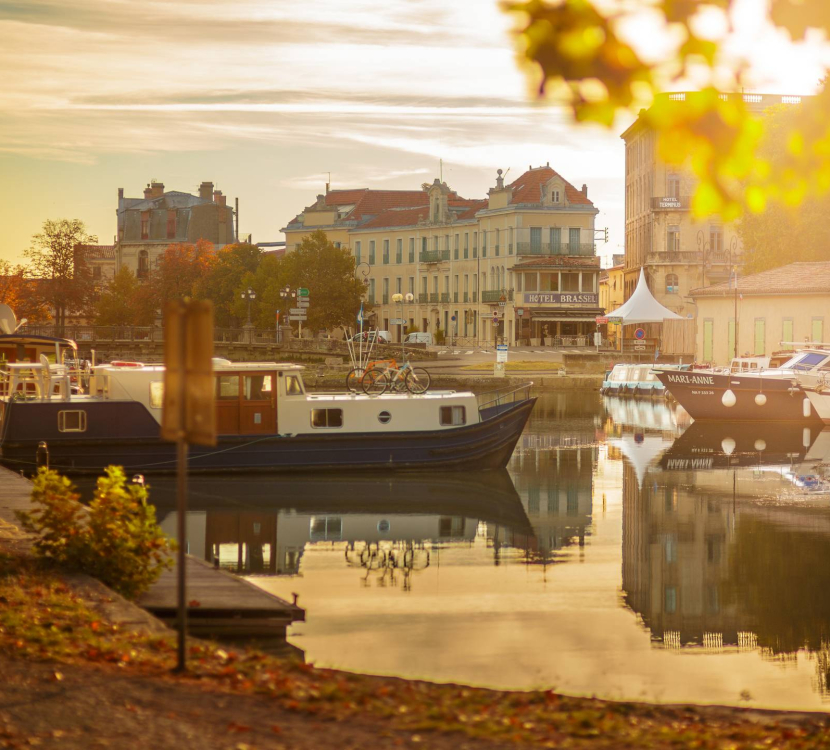
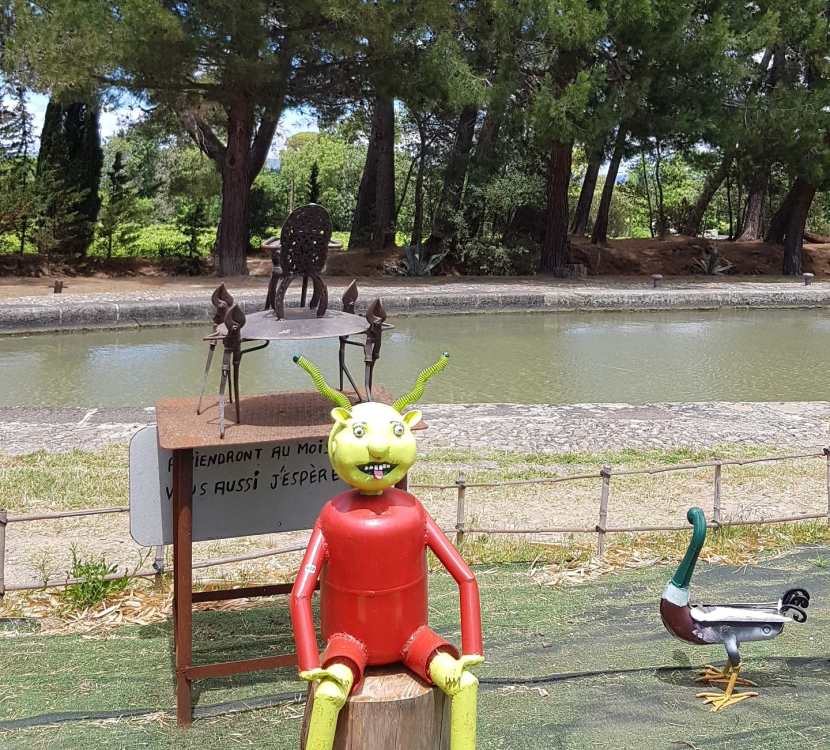
06Écluse de l’Aiguille lock - Puichéric
Écluse de l’Aiguille is definitely the Canal du Midi’s most unusual lock; sailors are in for a treat.
Joel the lock keeper has used his imagination to fill the site with wooden sculptures and characters made from salvaged items.
If something takes your fancy then buy one from the lock keeper/sculptor (you can drive to the lock).
07 Épanchoir de l’Argent Double - La Redorte
La Redorte is a pretty village built around its 18th century château. Port-la-Fabrique was once a place for sailors and travellers to stop for food. Here you’ll find tourist information, eateries etc.
Épanchoir de l’Argent Double is a siphon built to Vauban’s plans whilst building the canal and is a stone bridge which the releases excess water through its arches into the Argent Double River. It’s a unique structure listed as a Monument Historique.
Visit the “villages de caractère” or “villages with character” too: Ventenac, Roubia and Paraza where Pierre Paul Riquet stayed at the Château (now a winery and B&B) whilst building the canal.

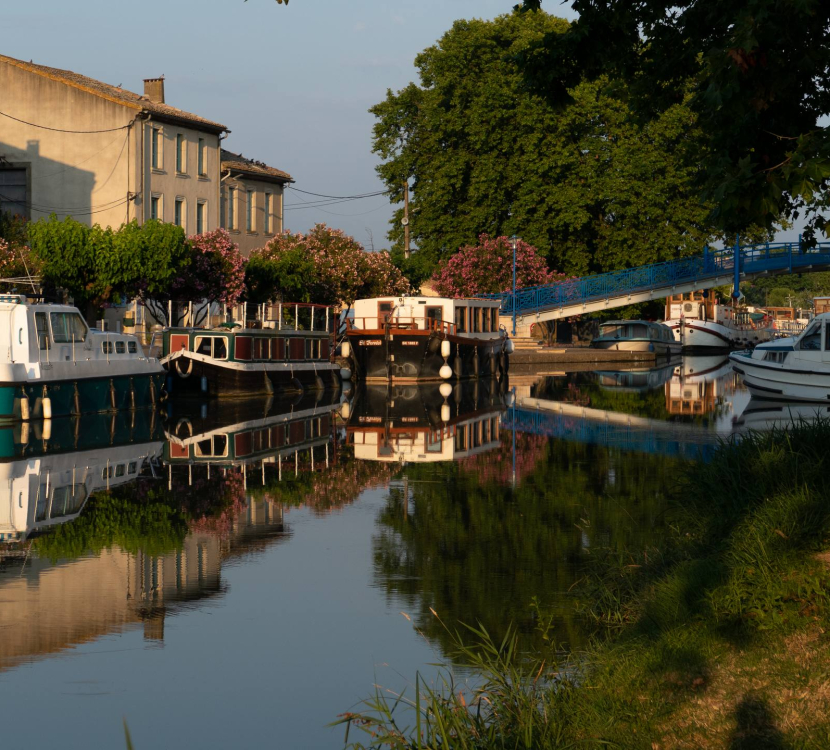
08 Port - Homps
The village of Homps was a major wine transport site on the Canal du Midi and is now brought to life by its port and sailors. It’s a must-visit between Corbières and Minervois and home to the Maison des Vins du Minervois where you can unearth the best AOP wine in the area.
Take a walk from the port to Lac de Jouarres and have fun with the family at the lakeside leisure area.
09 Le Somail hamlet
The hamlet appeared whilst the canal was being built. The canal was designed to transport both cargo and passengers. Le Somail was a major stopover for people to sleep. The hamlet had all the facilities travellers needed: an inn, ice house to store food, chapel etc.
Take a step back in time to unspoilt Le Somail. Feast your eyes on over 50,000 books at Le Trouve Tout du Livre bookshop.
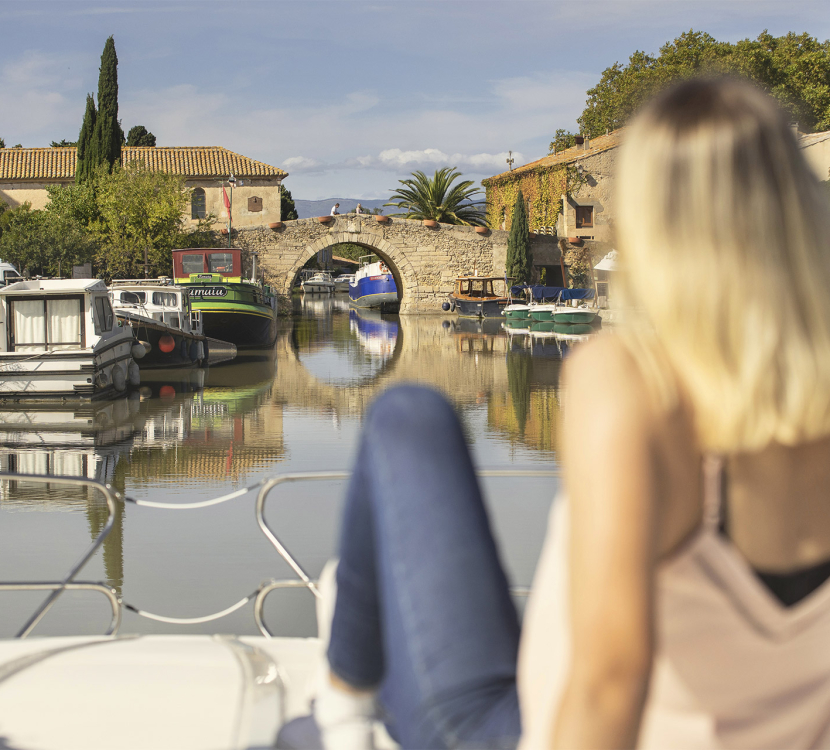
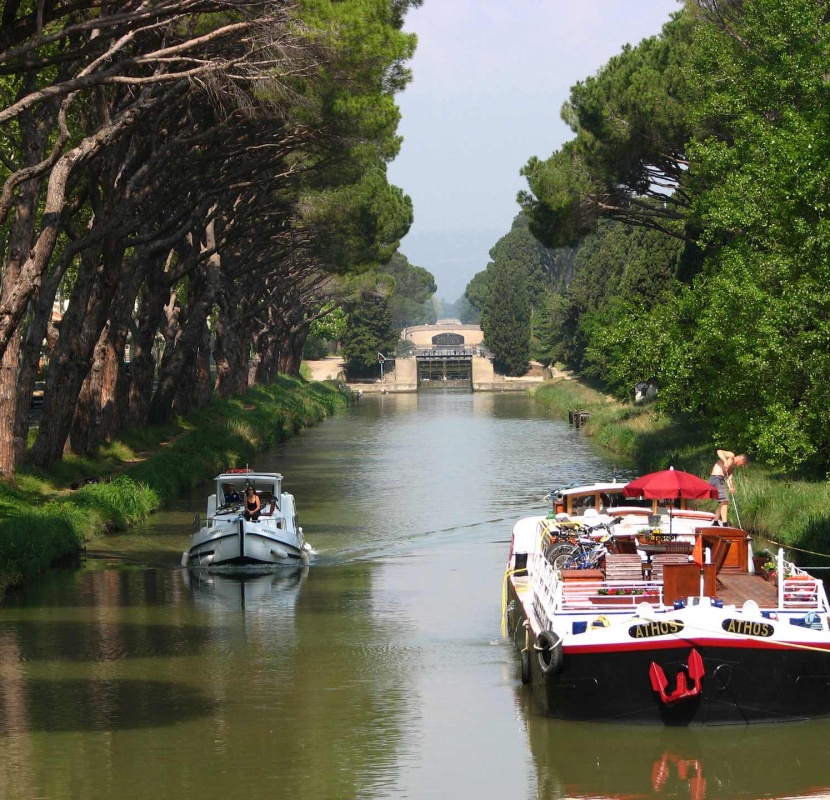
10Canal de Jonction - Sallèles d’Aude
Several outstanding structures were built so boats could sail from the Canal de Jonction to the Canal de la Robine along the Aude: Épanchoir de Gailhousty siphon and 11 locks.
Sallèles d’Aude is famous for its Gallo-Roman past and its ancient Amphoralis pottery village.
11 Canal de la Robine - Narbonne
Narbonne’s Canal de la Robine flows along some of the Aude’s ancient riverbed from back when it was called Atax and the Romans sailed it to the sea. It was renovated in the 14th century to supply water to Narbonne’s mills.
Along with the Canal de Jonction, it’s a side branch of the Canal du Midi linking it to Narbonne and Port la Nouvelle.

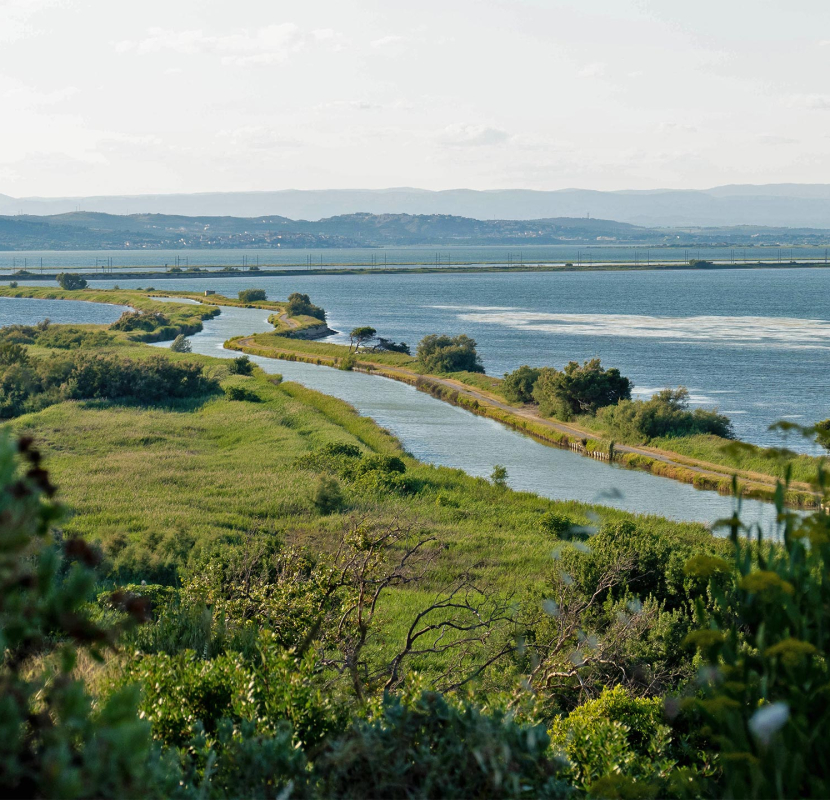
12 Île de Sainte Lucie - Port la Nouvelle
This is where the Canal de la Robine flows into the Mediterranean through Narbonnaise en Méditerranée Regional Nature Park and its unspoilt scenery: lakes, salt marshes etc.
Île de Sainte Lucie is a peaceful island with incredible views of the lakes and canal that you can walk or cycle.
